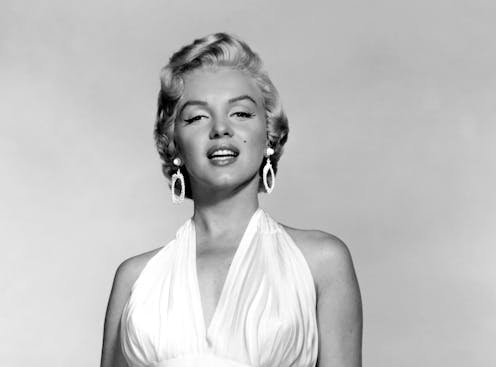
When an actor is criticised for peculiarly excessive preparation for a role, or an inability to break character off-camera, an ill-defined notion of “Method” acting (note the capital “M”) is rarely far away.
Review: The Method: How the Twentieth Century Learned to Act by Isaac Butler (Bloomsbury).
Living rough on the streets to prepare for a role. Abusing fellow performers to provoke an “authentic” response. Or never breaking from character throughout an entire shoot – like Daniel Day-Lewis, who supposedly insisted on being addressed as “Mr President” throughout the three-month filming of Steven Spielberg’s Lincoln.
But while it’s easy to ridicule or parody, the Method – which casts a long shadow over European and (in particular) American acting – is complex and varied.
What is Method acting?
As detailed in Isaac Butler’s The Method: How the Twentieth Century Learned to Act, the Method was developed in Russia in the latter part of the 19th century.
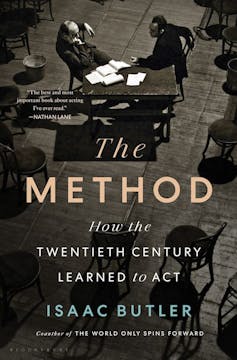
Its creators, Vladimir Nemirovich-Danchenko and Konstantin Stanislawski, transformed Russian theatre with their new approach to acting, writing and theatre production. Their system encouraged more subjective, interior approaches to performance, and more realistic, naturalistic approaches to staging.
Acting had been largely externalised and action-centred, often understood in terms of preconceived gestures. The Method helped transform it into a dynamic process that unlocked deep recesses of personal experience and “emotion memory”, which could then be funnelled into a performance.
It is hard to imagine modern acting without this development.
Read more: Hollywood has got method acting all wrong, here's what the process is really about
Collateral damage to shooting stars
The Method is strongly linked to the new realism that emerges in New York theatre in the 1930s and 1940s, and Hollywood cinema in the 1950s and 1960s.
It’s also connected to the performance styles of many of the key actors and stars of mid-century American theatre and cinema: Marlon Brando, Kim Stanley, Montgomery Clift, Anne Bancroft, Rod Steiger, Paul Newman, and many others.
Its excesses and dangers are deployed as damning evidence to help explain the tragic fate of figures like James Dean and Marilyn Monroe. Shooting stars caught within the orbit of abusive Method teachers, they seemed to suffer the collateral damage of drawing on their traumatic past too deeply.
The Method is often brought into debates about the distinction between performing and being, acting and reacting. But such dichotomies are unhelpful in understanding the complex interior, exterior and collaborative processes at play in any great performance.
This is particularly true for film acting, a mode of performance that requires actors to register minute changes of expression, small actions and gestures – all of which are then blown up in microscopic detail.
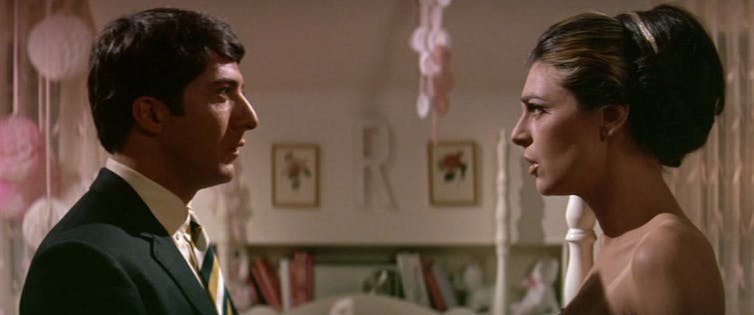
As James Harvey has claimed, the art of acting for the camera in the 20th century is largely a matter, for the spectator, of “watching them be”.
In some ways, the Method, which at its base foregrounds individual agency and psychology, is brilliantly suited to self-centred notions of both society and art. And to the curious alchemy that fuses actor, celebrity and character in star-centred theatre and cinema.
It is unsurprising that this often mannered style reached its peak of fame in the 1950s, an era of rising individualism. It rocketed to ascendancy alongside Abstract Expressionism in American painting, stream of consciousness in various forms of writing (such as the work of the Beats), and in the improvisational modes of jazz favoured by artists like Miles Davis, Charlie Parker and Ornette Coleman.
Revolution, individualism and Freud
Isaac Butler’s book is a fascinatingly detailed, brilliantly readable and often compelling account of the hundred-year journey of the Method from pre-revolutionary Russia to the stages of New York – and the rise of New Hollywood and actors like Al Pacino, Robert De Niro and Ellen Burstyn.
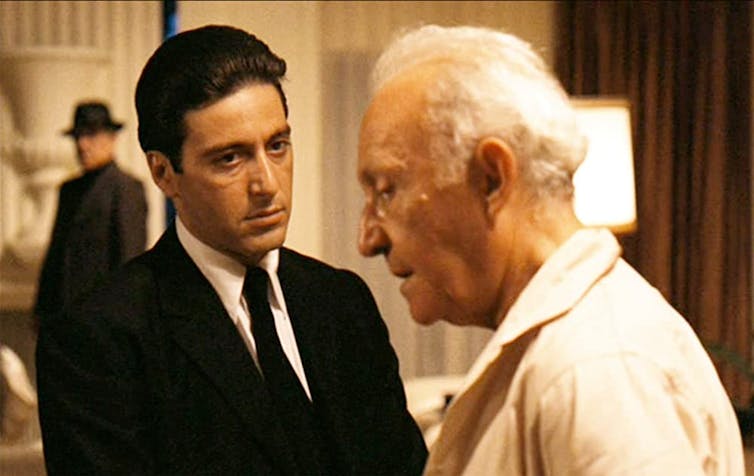
It is not shy in exploring the complexities of this journey and the many offshoots and variations produced along the way. Butler examines the social, cultural and political implications of the evolving and splintering Method system, and how it responded to various forces.
These include: proletarian demands, the Russian revolution, the rise of leftist politics in the United States in the 1920s and 1930s, Freudian psychology, the increased individualism of post-war America, and the anti-communist blacklist. And, of course, there was the Method’s ultimate canonisation and popular recognition in plays and films like A Streetcar Named Desire, On the Waterfront, and Marty.
Butler also meticulously introduces and describes the first-tier actors and directors of the New Hollywood of the late 1960s and 1970s who proclaimed (and in some cases denied) the Method’s direct influence and legacy.
For a significant period in the 1960s and 1970s, with the increasing celebrity of prominent acting teachers of the Method like Lee Strasberg (of the Actors Studio) and Stella Adler, the Method’s various offshoots could claim true cultural dominance. The influence and fiery disagreements of these teachers are a focus of Butler’s book.
Butler details Marilyn Monroe’s increasingly close and personal relationship with Strasberg (and his relationship with second wife Paula, Monroe’s acting coach) and the influential patronage of actors like James Dean, Montgomery Clift and Rod Steiger. He also describes truly terrifying classes and feedback sessions conducted by Strasberg at the Actors Studio.
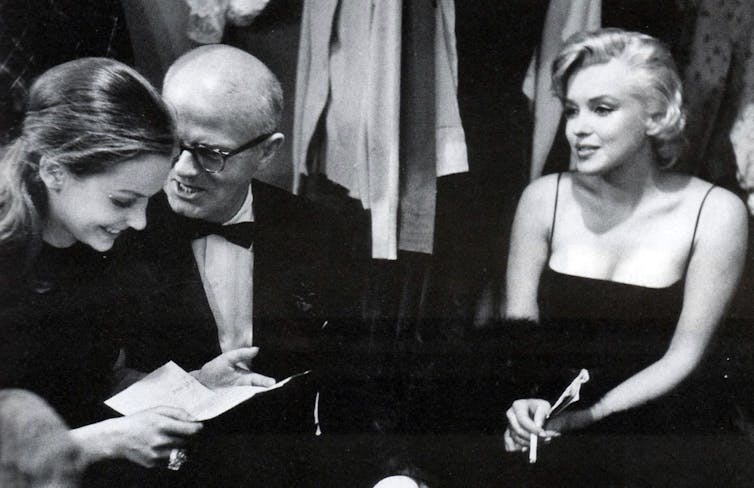
In contrast, Adler insisted on an approach to acting that stuck more closely to Stanislawski’s original concept of “emotion memory”, and recommended extensive processes of research and preparation in the creation of any performance. Among her most significant students were Marlon Brando, Robert De Niro, Elaine Stritch and Warren Beatty.
Read more: Would Marilyn Monroe's career (and life) have been different if she had acted on stage?
A particular strength of Butler’s cultural history is how he carefully plots this rise, while granting equal space to each stage of the journey. His book is, nevertheless, a little too focused on the impact of the ideas of Vladimir Nemirovich-Danchenko and Konstantin Stanislavski on the stages and screens of Russia and then the United States.
There is little sense of the impact of these ideas elsewhere in Europe, and British acting is mainly used as a counterweight, put forward as a haven for a more exterior form of acting, epitomised by the work of Laurence Olivier (who famously scorned Method acting).
Butler also provides accounts of writers important to the Method. Anton Chekhov, central to the initial work of the seminal Moscow Open Art Theatre, is a key source throughout.
And he charts the contributions of Clifford Odets, Tennessee Williams, James Baldwin and Paddy Chayefsky, who were equally integral to various stages of the Method’s development, dissemination and devolution.
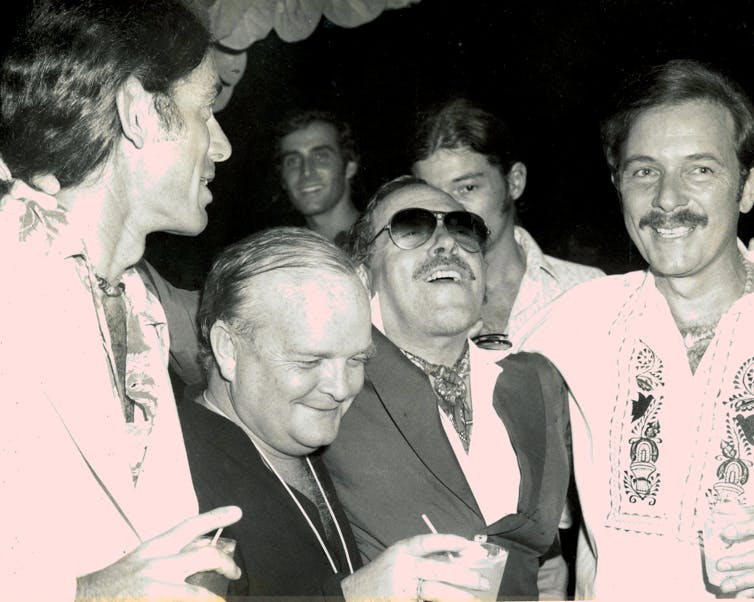
The book gives space to the competing approaches of writers and directors like Bertolt Brecht and Vsevolod Meyerhold, along with the more varied approaches of actors like Meryl Streep. Its compelling chronological narrative ends up focusing, however, on a judicious selection of key figures within the US and Russia.
As Butler documents, the outcomes of this change – though he is also careful to note the seeds of this style even earlier and elsewhere – could be truly astounding or monumentally disastrous.
Triumphs, failures and major players
Among the pleasures of Butler’s book is how it documents these triumphs and failures – sometimes within the performance of the same play by a single company, as in the case of the Actors Studio’s staging of Chekhov’s Three Sisters. He also provides evocative portraits of many key figures like Elia Kazan, Maria Ouspenskaya, Howard Clurman, Richard Boleslavsky and John Garfield.
He focuses on people who were particularly important in managing entities such as the American Laboratory Theatre, the Actors Studio, the Group Theatre and the Moscow Art Theatre, directing breakthrough films and plays (the duplicitous Kazan emerges as a titan in this regard), writing accounts of how the “system” worked, or introducing new styles of acting.
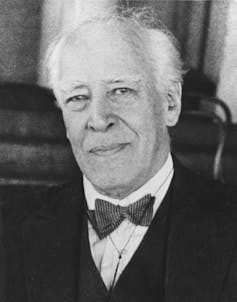
As in many books of this kind, such a focus and approach is also a limitation. This is a cultural history less concerned with the nuts and bolts of theatre and film production – though it is often incisive in this department and is plainly written by someone with a deep knowledge of these processes – than the collaborations and conflicts between figures adapting and transforming Stanislavski’s initial “system”.
This, of course, also makes this very well-written and carefully organised book a true pleasure to read.
Butler provides a convincing account of the Method’s importance in the history of ideas. He doesn’t shy away from arguing for the decreased currency of many of its techniques and lessons, but make claims for its ongoing influence alongside a range of other approaches and methods.
He provides a complex account of The Method’s various forms and variations across almost 150 years. He also provides important cultural and social context for helping understand why a shift to a more “realist” or personal, self-centred form of acting was both hard fought for and inevitable.
Even a simple thing like the improved lighting in theatres from the late 19th century had a profound impact on what was possible in terms of more interior and subtle forms of staging and performance.
This was, of course, amplified in the rise of sound cinema in the late 1920s and its more tempered forms of screen acting that led to the minimalist styles of stars like Gary Cooper, Clint Eastwood and Juliette Binoche.
Popular accounts of the Method’s legacy tend to steer towards trivial excesses, like Jared Leto allegedly sending his co-stars various “gifts” like used condoms in preparation for his role as the Joker in Suicide Squad. (Which, for the record, Leto now denies.) But Butler’s book makes convincing claims for why we should continue to take this approach and its legacy seriously.
In so doing, it answers its pointed epigraph from Tom Stoppard’s Rosencrantz and Guildenstern are Dead: “We’re actors. We’re the opposite of people.”
If this magisterial book does little else, it certainly convinces the reader that nothing could be further from the truth.
Adrian Danks does not work for, consult, own shares in or receive funding from any company or organisation that would benefit from this article, and has disclosed no relevant affiliations beyond their academic appointment.
This article was originally published on The Conversation. Read the original article.







